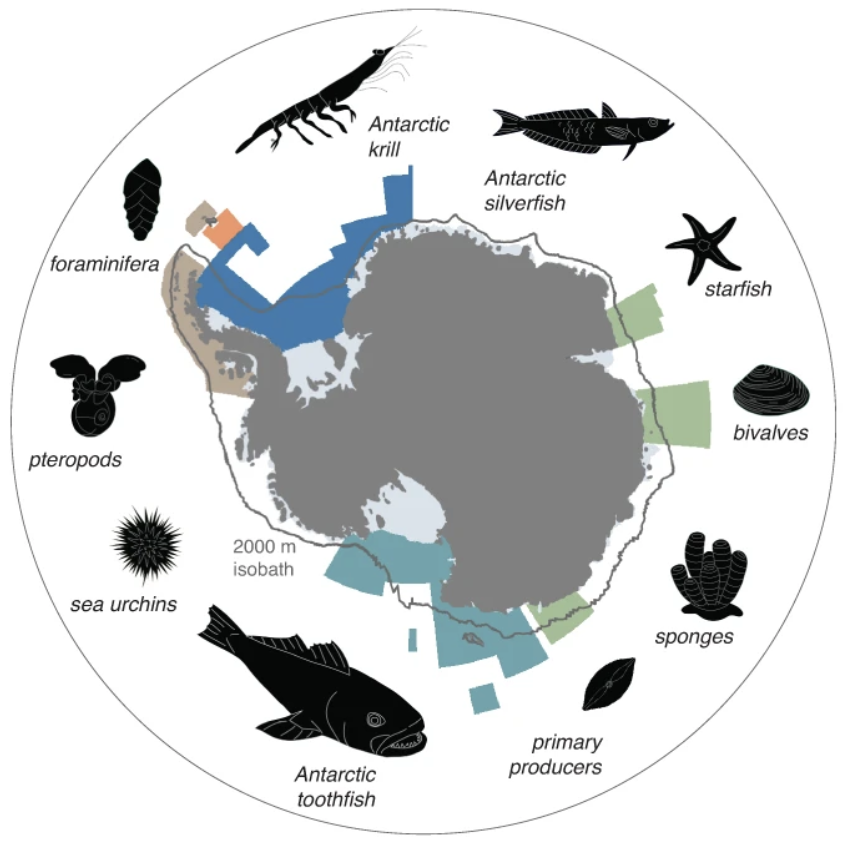Can Ocean Acidification Be Reversed?
A recently published research paper helps answer how oceans may respond to a removal of CO2 from the atmosphere. Here is a summary from the published paper. You can find the full paper online in the Journal of Environmental Sciences.
About The Study:
- Study Focus: Investigates ocean acidification response to atmospheric CO2 removal using Earth system modeling.
- Model: Uses the UVic Earth System Climate Model v2.10.
- Simulations: Atmospheric CO2 rises 1% yearly to 4× pre-industrial levels, then decreases by 0.5%, 1%, or 2% yearly to pre-industrial levels.
Findings:
- Surface Ocean Response: Quick response in annual mean surface ocean carbonate chemistry to atmospheric CO2 removal.
- Deep Ocean Lag: Deep ocean carbonate chemistry lags behind atmospheric changes, still acidified when CO2 returns to pre-industrial levels.
- Seasonal Cycles: Changes in the seasonal cycle of carbonate chemistry lag behind atmospheric CO2 decline.
Surface Chemistry Variables:
- pH, hydrogen ion concentration, and aragonite saturation state adjust rapidly to CO2 removal.
- Seasonal amplitudes of these variables lag behind, remaining altered when CO2 reaches pre-industrial levels.
Mechanisms:
- DIC (Dissolved Inorganic Carbon) changes primarily drive changes in carbonate chemistry variables.
- Seasonal changes are mostly due to changes in the ocean’s buffering capacity.
Deep Ocean Acidification:
- Slower response than surface waters due to slow DIC penetration.
- Even with pre-industrial CO2 levels, deep ocean remains acidified for decades/centuries.
Implications:
- Marine ecosystems face a lagged recovery, with continuous acidification threatening marine life.
- Amplified seasonal cycles can exacerbate impacts on marine organisms.
Acknowledgments: Supported by National Natural Science Foundation of China and Zhejiang Provincial Natural Science Foundation of China.
Considerations:
- Didn’t consider the ballast effect or deep-sea carbonate sediments, which could buffer acidification.
- Calls for more studies to understand carbonate chemistry’s impact on marine ecosystems under CO2 removal scenarios.
Declaration: No competing financial interests or personal relationships affecting the study.
